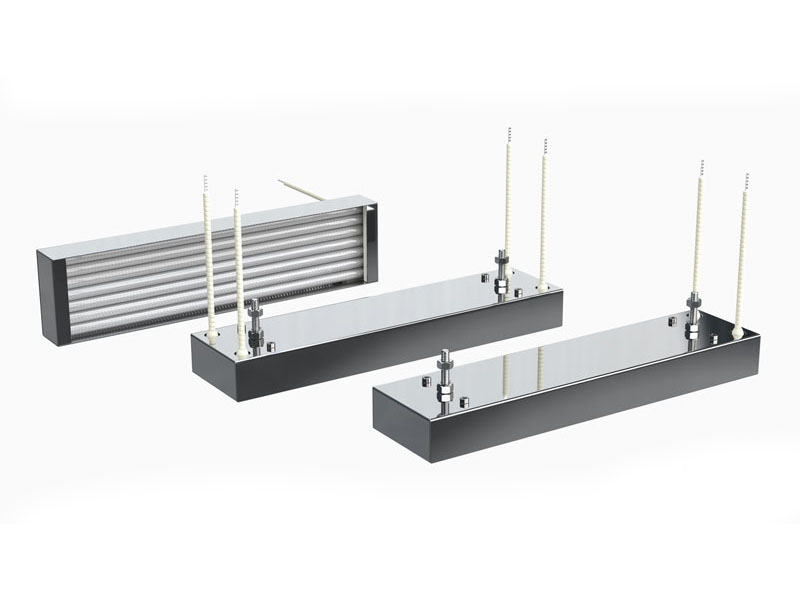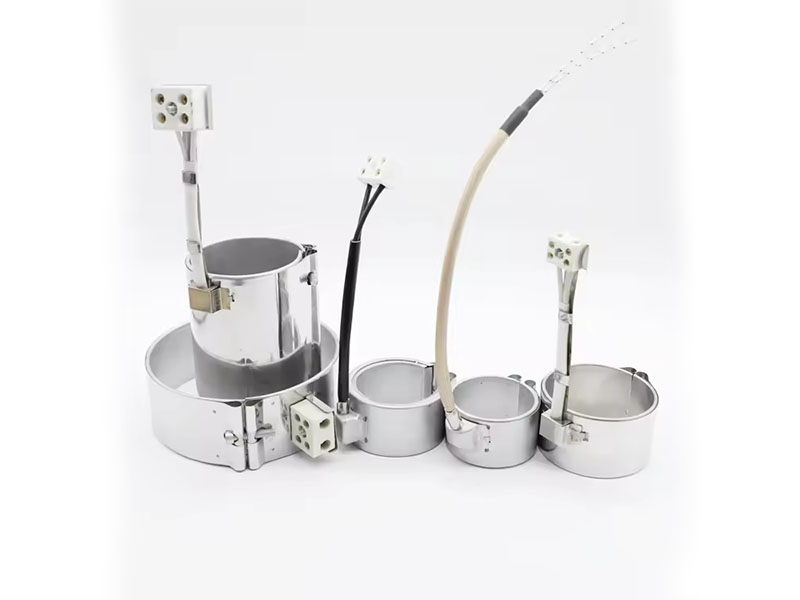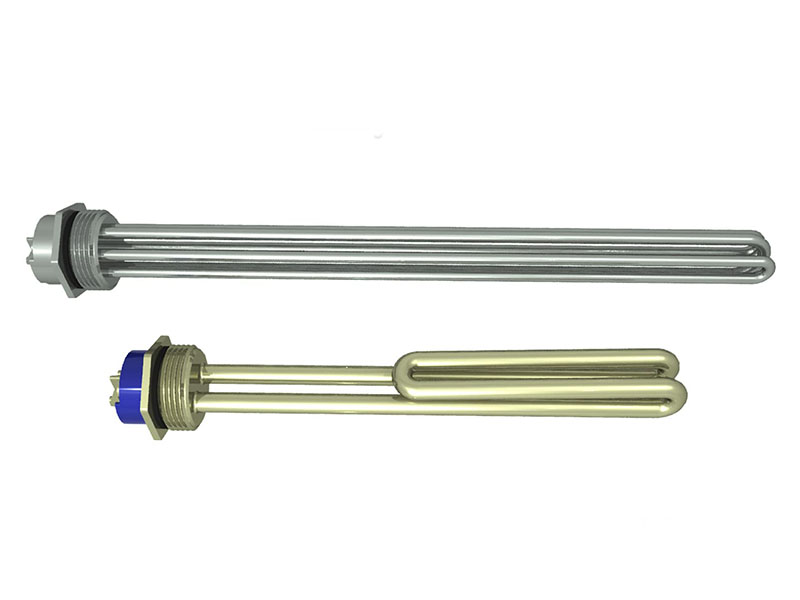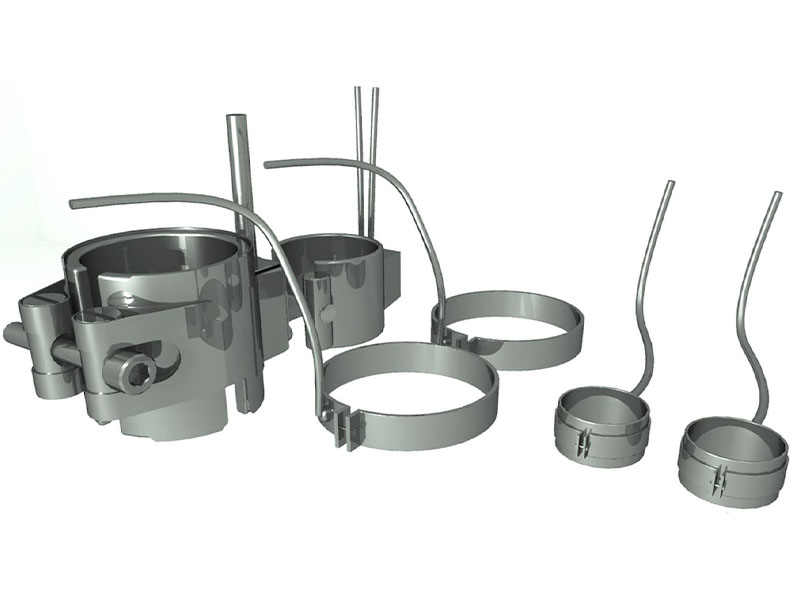Mosquito bites ruin outdoor moments. The itch drives you crazy. Heat-it’s pocket heater offers instant relief with smartphone-powered heat.
This device stops itching fast. It uses precise temperature technology to neutralize bite reactions. As specialists since 1997, we explain why its heating element matters.
The heating technology behind this portable solution offers new possibilities. Let us explore how it works and how it reflects our heating element designs.
What is heat-it? Your Smartphone-Powered Solution for Mosquito Bite Relief
Insect bites cause pain instantly. You need relief now. This device plugs into your phone to deliver targeted heat.
The heat-it element is a miniature ceramic heater that connects via USB. It heats to precisely 52°C within seconds. This temperature breaks down histamine proteins causing the itch reaction.
Design Principles of Portable Heating Elements
Portable devices need smart thermal engineering. The heat-it uses a PTC ceramic heater. This material self-regulates temperature. It prevents overheating risks.
Advantages of Ceramic-Based Heaters
| Property | Traditional Metal Heaters | Ceramic-Based Heaters |
|---|---|---|
| Warm-up time | Slower (10-30 sec) | Faster (2-5 sec) |
| Power requirements | Higher energy usage | Low-voltage efficient |
| Safety profile | Overheat risk possible | Self-regulating |
| Lifespan | Shorter under vibration | High durability |
Ceramic elements resist physical impacts. They work well in mobile environments. Their low voltage needs match smartphone batteries.
We see similar applications in medical devices. Our engineers create these thermal solutions for portable use cases.
Heating Elements 101: Types, Properties, and Industrial Applications Explained
Heating elements fail unexpectedly. You lose production time. Selecting the right type prevents costly breakdowns.
Elements come in coil, tubular or ceramic forms. Each has specific temperature ranges and application environments. Know your core requirements first.
Key Material Comparisons
Material drives performance. We examine five common types:
Heating Element Material Properties
| Material | Max Temp (°C) | Resistance to Oxidation | Best Applications |
|---|---|---|---|
| Nichrome | 1,200 | Moderate | Toasters, Hair Dryers |
| Kanthal | 1,400 | Excellent | Industrial Furnaces |
| Platinum Wire | 1,600 | Exceptional | Lab Equipment |
| Silicon Carbide | 1,600 | High | Semiconductor Processing |
| PTFE Coated | 260 | Chemical Resistant | Food Processing Equipment |
Thick elements handle industrial heat stress. Thin films enable precise temperature control. Environment matters too.
Our factory produces nichrome coils for kitchen appliances. We make silicon carbide rods for glass manufacturing. Each passes strict quality tests.
Heat-it® Classic Review: Does This Heater Really Stop Insect Bite Itching?
Bug sprays often cause skin problems. You cannot find relief. We tested the heat-it classic unit in real bite scenarios.
It reduces itching significantly. Clinical studies show 90% effectiveness when used correctly. The element maintains constant temperature during application.
Performance Verification Methods
Effectiveness needs validation. We broke it into three test areas:
Test Criteria and Results
| Test Parameter | Method | Outcome |
|---|---|---|
| Temperature accuracy | Infrared thermography scans | ±1°C consistency |
| Response time | Stopwatch measurements | 3.2 seconds avg |
| Durability | 500 activation cycle test | Zero failures |
| User comfort | Trial group feedback | 87% satisfaction |
The ceramic element performed without decline. Thermal consistency ensures protein denaturation. Fast activation matters outdoors.
We validate our industrial heaters similarly. Performance consistency prevents equipment failure.
Heat-it® vs. Bite-away: Comparing Top Insect Bite Heat Treatment Devices
You want the most reliable bite solution. Performance gaps create frustration. We analyzed both devices side-by-side.
The heat-it uses smartphone connectivity. Bite-away operates independently. Heat generation methods differ significantly.
Heating Technology Differences
Core functionality starts with the element. See key contrasts:
Device Function Comparison Chart
| Feature | heat-it® | Bite-away |
|---|---|---|
| Power source | USB smartphone connection | Disposable gas capsules |
| Heating element | Ceramic PTC | Steel microheater |
| Temperature control | Electronic regulator | Mechanical restriction |
| Heat distribution | Concentrated hotspot | Broader surface contact |
| Peak temperature | 52°C (±1°C) | 51°C (±3°C) |
The heat-it gives more controlled thermal output. Steel elements like Bite-away’s heat unevenly over time.
Precision matters in temperature therapies. We design custom microheaters with exact specifications for similar applications.
Your Smartphone as First Aid: How heat-it®’s Heating Element Treats Bites in Seconds
You get bitten at remote sites. No traditional remedies nearby. Your phone becomes a medical tool instantly.
The element activates through any USB port. A 5-volt input creates instant heating contact.
Engineering Behind Low-Volt Heating
Modern designs solve power challenges. We examine three advances:
Smartphone Heating Mechanism
| System Part | Function | Innovation Insight |
|---|---|---|
| Nano-ceramic core | Resistive heat generation | Optimized electron flow layers |
| Copper conduits | Rapid thermal transfer | Micro-channel designs |
| Temperature sensor | Feedback regulation | Real-time calibration software |
| Insulation jacket | Skin protection | Food-grade hybrid polymers |
Low-voltage requires efficient resistivity. Thin layered ceramics achieve this with low current.
Our engineers build similar heaters for portable medical equipment. The principles transfer across industries.
Conclusion
Heating elements solve modern irritations efficiently. We design reliable thermal solutions. Let our experience meet your requirements.







